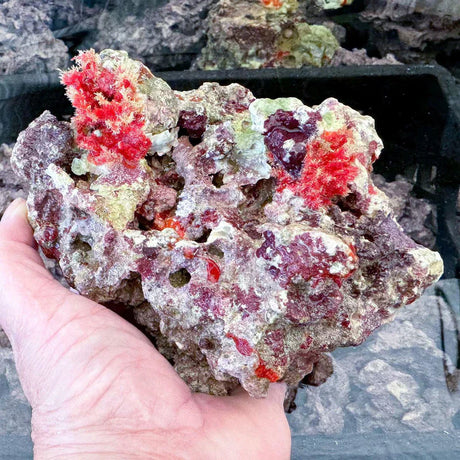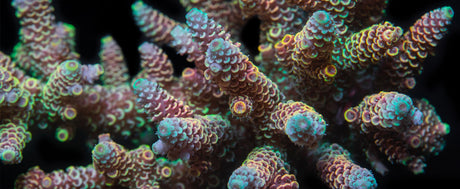
Live from the MarcoRocks Aquaculture Greenhouse: Exploring MR Live Rock
By Toni Nancy Xiong
Live from the MarcoRocks Aquaculture Greenhouse: Exploring MR Live Rock We recently went live from the MarcoRocks Aquaculture Greenhouse to give reef hobbyists and aquascaping enthusiasts an inside look...
Read more




